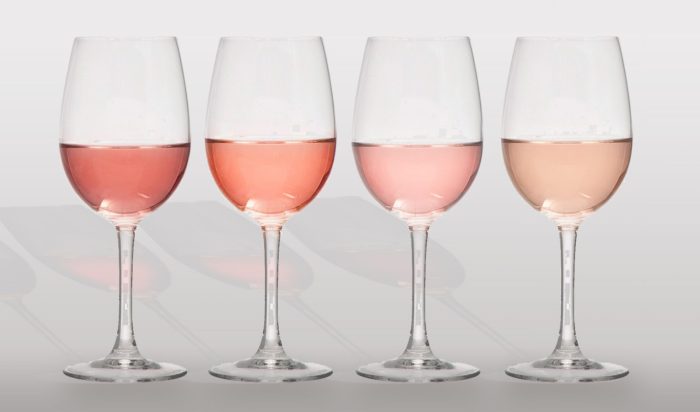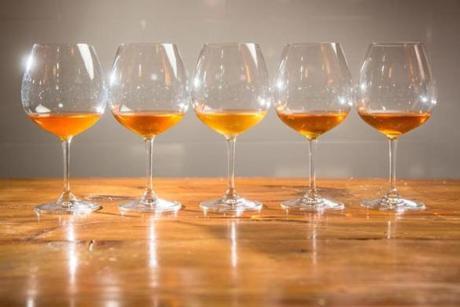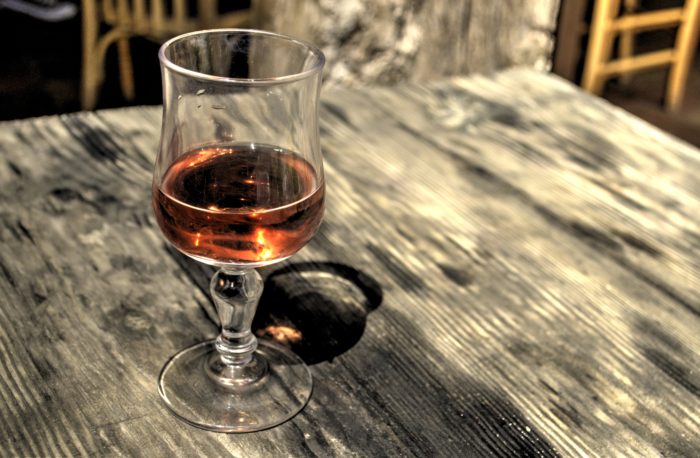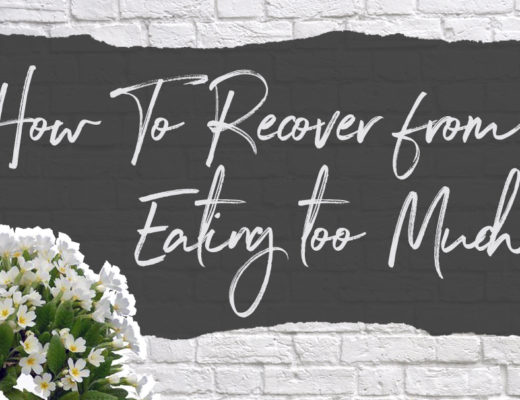
Happy Fourth of July Eve!
If you’re a frequent reader here, you’ll probably have picked up on the fact that I work at a wine store (shoutout to St Andrews Wine Company).
I don’t talk about wine nearly as much as I want to on this blog but today I’m going to change that. You guys should also know how to make wine last a long time, because it can get very expensive to keep buying bottles all to do with the fact you haven’t stored them correctly!
Let me start out by addressing the fact that during summer, the word rosé just doesn’t go away. Rosé wine, ‘frosé,’ rosé ice cubes, rosé ice lollies…
I have nothing against rosé but I think it’s a littttttle overhyped. I’ve made it my mission for the past three summers to find a rosé that I like and finally found the one last week. My friends have told me about this website who deliver, GraysOnline wine it the name and it is so good for parties ad functions going on, with a wide selection of different ones to choose from, maybe I can get my rosé there?!
Last week I also tried orange wine for the first time. No, not alcohol from oranges or any other fermented fruit craziness. Orange wine will probably never be the next rosé but it’s definitely worth checking out.
So what’s up with these weirdly colored wines?
Yeah, they’re Instagram-able.
But what are they?
I’ve broken this post down into bits about each wine: grapes, how it’s made, label hints and some suggestions.
When I first wrote this post, I got way too excited and ended up with 1,500 words. So many revisions later, here’s a much more coherent and concise post about rosé and orange wine.
So go pour yourself a generous, chilled glass and settle in for some wine-ducation.
 (image source)
(image source)
Rosé
Grapes: Grenache, Sangiovese, Syrah, Mourvèdre, Carignan, Cinsault, and Pinot Noir (don’t worry if you’ve never seen some of those words before, most rosés are blends anyway)
How it’s made: Rosé is simply wine made from red grapes that were only allowed skin contact for a short time. Ever noticed how both red and white grapes are basically grey on the inside? Wine’s colour comes almost exclusively from the grapes’ skin. The longer you leave the skins in with the juice, the deeper the colour. If you really want to get into the ways rosé is made, you can read more at WineFolly.
Words to look for on the label:
+ Provence: this is the main rosé-producing region in France
+Old vs. New World: ‘Old World’ rosé (European) will usually be drier than ‘New World’ rosé (from anywhere else).
+ Dry/Sec: this has to do with how sweet the wine is. ‘Bone-dry’ rosé will leave your mouth feeling, well, dry while semi-sweet rosé will be sweeter. Shocker.
+ The youngest year: rosé doesn’t age. So the younger, the fresher actually.
+ Look for the grapes: if you know a bit about wine, go for the grapes you like. Different amounts of different grapes can give you some idea of what the wine will taste like.
More reading: Buzzfeed did a stellar article about more rosé info and fun facts.
Fancy sips: Finca, Wolffer ($17)
Cheaper- but-still-great sips: Côtes de Provence Rosé ($8) (this Aldi rosé astounded the wine world when it got the IWC’s award for Great Value)
 (image source)
(image source)
Orange
Orange wine actually started in Georgia (the country) and has been around for thousands of years. One of my friends recently described it as a “wine IPA” because of the often-found sourdough and oxidise-y flavours. I can’t say he’s wrong at all.
Grapes: Pretty much any white grapes.
How it’s made: Orange wine is basically when white grapes are left with skin contact. Orange wine ends up be so different from white wine because usually in white wine production, the skins are quickly removed because they responsible for tannins (that full, grippy feeling red wine sometimes has) and pigment; neither of which are desired for a white wine. Essentially, the difference between rosé and orange wine is that during rosé production, the red grapes’ skins are removed asap while during orange wine production, the white grapes’ skins are left around longer.
Words to look for on the label:
+ Skin Fermented, Macerated, Off-White: these are all less trendy names for orange wine
To be honest, orange wines are pretty underground and I’d be surprised if you found a selection of orange wines at the first store you happened to wander into.
More reading: Wikipedia, as always, has a pretty good basic run-down. WineFolly goes a little more in depth about the history and current producers.
Fancy sips: Vej, Bianco Antico, Podere Pradarolo, ($24.99)
Cheaper- but-still-great sips: Like I said, orange wine is pretty pricey. Your best bet is find a wine bar and try a non-committal $10 glass. Ten Bells and Four Horsemen in NYC are good starting points.

I might add that there are some other pretty crazy wines out there.
Last summer, a Spanish company debuted a blue wine but at taste tests, apparently only 1/16 people thought it was actually wine. So that’s why I didn’t include it in this post.
There’s also some pretty funky pink gin that turns blue when you add tonic. It’s pretty fun for the first minute of pouring your tonic and the first few sips but then you’re just left wondering what this blue concoction in your glass is. And the gin isn’t thaaat great either. But hey, it sells.
I personally am still Team Basic-red-wine but maybe my luck with rosé-finding will keep up. And don’t forget some SPF while you’re out there, sipping away.
Thoughts on rosé? Have you tried orange wine before?!



[…] in a wine store, I just have to stop into one wherever I am. Old Port has an awesome array of local craft beers. I […]